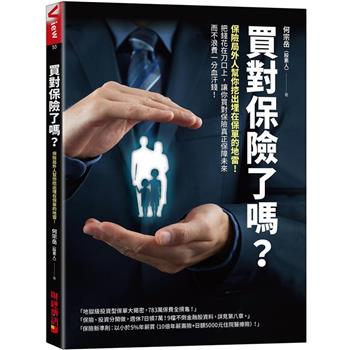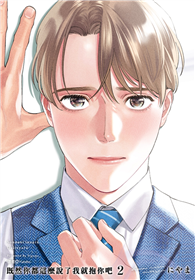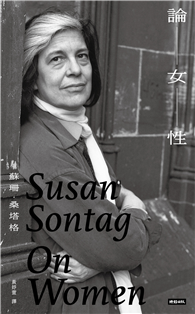AN OUTSTANDING GOLDEN AGE MYSTERY CLASSIC & ONE OF THE MOST IMPORTANT BOOKS ABOUT WOMEN OF WORLD WAR II!
"Bright and breezy sabotage and romance with plus appeal for murder-mystery-spy addicts. S.E.P." Kirkus Reviews Not long after the bombing of Pearl Harbor and U.S. entry into the Second World War, the government realized the draft would seriously deplete the country’s entire workforce, including entry-level labor, skilled trades, office staff and management. The only possible replacement was to be found in the ranks of the nation’s women. But for women to join the workforce, major changes would have to occur.Traditionally characterized as an emotional and caregiving labor force-homemakers, mothers, nurses, teachers and the like-women would have to adopt a whole new view of themselves and their capacities (as would men of them), and quickly. In a world without TV or internet, a radical revisioning of woman’s capabilities would have to be promulgated via radio, newspapers and magazines. So the U.S. government called together leading writers and journalists, asking them to help by printing and broadcasting stories, novels, and factual reports supporting the heretical notion that women could make great factory and office workers-and even run those factories and offices-without losing their "natural" urge to be homemakers, mothers, and wives. This effort "to recruit women into the labor force," as Nancy F. Cott writes in Women and War, was the "major propaganda campaign" directed toward American women during World War II. "To make war jobs look attractive ... magazines published romances in which women who entered defense industries found fulfillment in performing work for the nation." In such tales, the heroines "were rewarded for their dedication to difficult jobs with admiration from their communities and love from desirable men." This campaign began in the May 29, 1943 Saturday Evening Post with a two-part kick-off: exploding from the cover, Norman Rockwell’s overpowering, goddess-proportioned painting of Rosie the Riveter in overalls, with a touch of lipstick and blush, a rivet gun balanced across her thighs, a look of unflappable nonchalance, the Stars and Stripes unfurled behind her, and a copy of Mein Kampf crushed beneath her feet. And, to her left, boxed text beckoned readers to discover the initial installment of "A New Kelland Serial-Heart on Her Sleeve." The story of a patriotic American college girl who steps up to run her father’s war plant; and when he is hospitalized by saboteurs takes the running of the company on her own shoulders. Heart on Her Sleeve was the first novel written and published in response to the government’s request that "authors portray women war workers as enthusiastic defenders of democracy" and "bring out the spiritual satisfaction of serving the common cause.""This book will make you laugh and giggle, it will also make you start in horror and shudder, and it will wrap up nicely and sweetly. A lovely mystery!" "It [is Fall 1942 and] young Miss Andree Senlac arrives home fresh from college with a diploma. She is surprised she graduated, and contemplating her mental faculties, wondering if she is brilliant, or semi-smart, or maybe stupid and was just lucky. If any smarts are to be had, she must keep it a secret and pretend to be naive and a fluttering butterfly, for any girl who is smart must hide it. Stepping on the platform to greet her dear parents, who own [a small factory helping produce the shells for bombs], she also spies a homely but striking man in Navy uniform - and here the merry lark begins. He detests redheads. She is out to prove he loves them - well, one of them. And there is also a baffling mystery concerning sabotage at the factory, the attempt to murder her father, and Nazi sympathizers and employees in the town. If you pick up this book, you will not regret it!" -Goodreads 5-Star review| FindBook |
有 1 項符合
Heart on Her Sleeve: A Golden Age Mystery Classic的圖書 |
 |
Heart on Her Sleeve: A Golden Age Mystery Classic 作者:Kelland 出版社:Createspace Independent Publishing Platform 出版日期:2017-12-01 語言:英文 規格:平裝 / 200頁 / 22.86 x 15.24 x 1.17 cm / 普通級/ 初版 |
| 圖書館借閱 |
| 國家圖書館 | 全國圖書書目資訊網 | 國立公共資訊圖書館 | 電子書服務平台 | MetaCat 跨館整合查詢 |
| 臺北市立圖書館 | 新北市立圖書館 | 基隆市公共圖書館 | 桃園市立圖書館 | 新竹縣公共圖書館 |
| 苗栗縣立圖書館 | 臺中市立圖書館 | 彰化縣公共圖書館 | 南投縣文化局 | 雲林縣公共圖書館 |
| 嘉義縣圖書館 | 臺南市立圖書館 | 高雄市立圖書館 | 屏東縣公共圖書館 | 宜蘭縣公共圖書館 |
| 花蓮縣文化局 | 臺東縣文化處 |
|
|
圖書介紹 - 資料來源:博客來 評分:
圖書名稱:Heart on Her Sleeve: A Golden Age Mystery Classic
|











